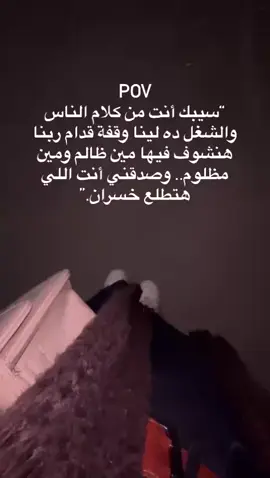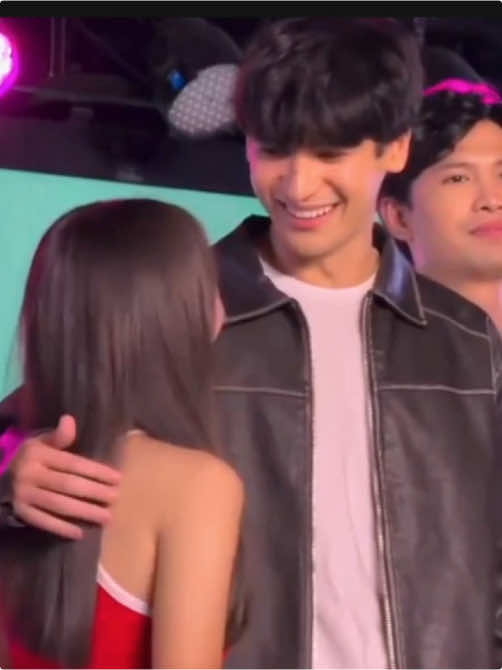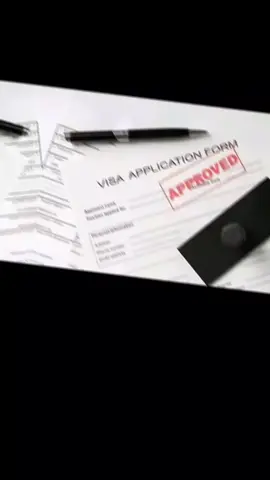♬ ♬ ♩ ♡ ♪ ♪ ♫ ♭ ♫ ♡
Region: US
Saturday 03 June 2023 08:05:22 GMT
388
35
3
1
Music
Download
Comments
𒉭Longiz﹆ :
💀💀
2023-06-03 08:16:45
1
филди :
тудаа
2023-06-03 09:45:40
0
■🟣𝐀𝐈𝐙𝐄𝐍🟣□ :
жестко
2023-06-09 22:06:30
0
To see more videos from user @17toga_himiko, please go to the Tikwm
homepage.





